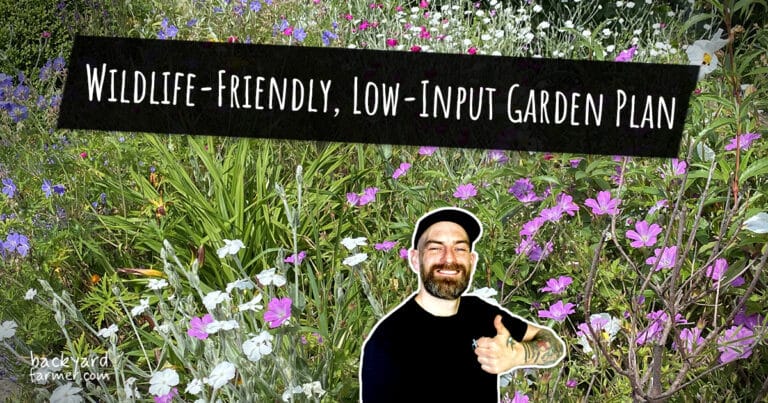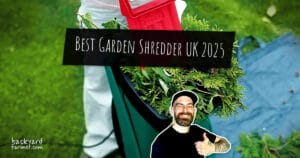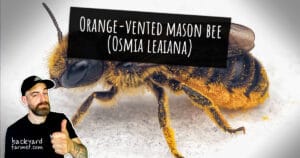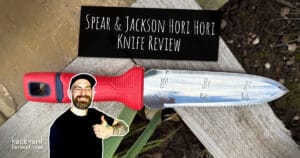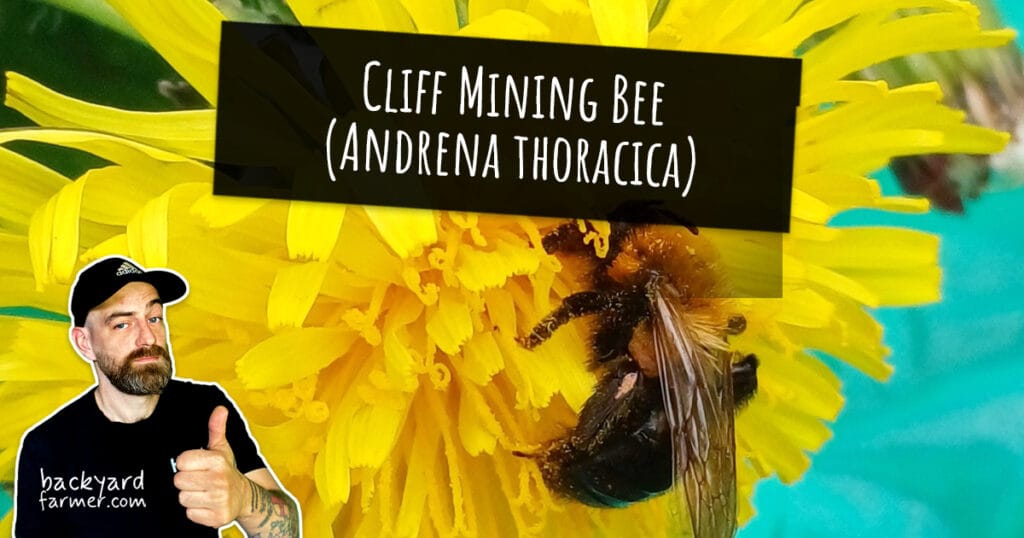Table of contents
Introduction
Creating a wildlife friendly low maintenance garden UK doesn’t have to be complicated or costly. With a few smart choices in low maintenance garden design, you can enjoy a space that largely looks after itself while providing bees, butterflies, birds, and hedgehogs with food and shelter year-round.
What This Guide Covers
- Low maintenance garden design principles UK for building a sustainable, wildlife-friendly space.
- A pollinator plants by month calendar with the best bee friendly plants UK for every season.
- Practical habitat features like bee hotels, hedgehog highways, bird boxes, and bat boxes.
- Zero-waste gardening tips such as mulching garden beds UK, composting at home UK, and using leaf mould mulch.
Who It’s For
Whether you’re planning a low maintenance small garden UK, managing a larger wildlife-friendly plot, or simply adding a few pollinator-friendly containers, this guide offers clear, practical steps to boost biodiversity without adding more work.
Why It Matters
Even the smallest changes make a big difference. By replacing foreign bedding plants with pollinator plants UK or leaving a patch of lawn unmown, you’ll:
- Support pollinators all year with reliable flowers for bees UK.
- Attract more wildlife and make your outdoor space truly wildlife friendly.
- Build a resilient, eco-friendly, and low-input garden plan UK that’s good for nature and easier for you to enjoy.
Low Maintenance, Wildlife-Friendly Design Principles
A wildlife friendly low maintenance garden plan UK starts with smart design choices that cut down on effort while giving nature a boost. These principles show how to create a low-input, sustainable space that’s easy to care for and full of life.
No-Dig Gardening Benefits
- Less work, healthier soil: Adopt a no dig gardening approach by spreading compost on the surface instead of digging. This protects soil structure and reduces weeds.
- More life underground: Earthworms, fungi, and microbes thrive in undisturbed soil, boosting long-term fertility and plant health.
- Time-saving: Once your beds are established, you’ll spend far less time maintaining them compared to traditional digging.
Layered Planting for Wildlife
- Copy nature’s pattern: Combine trees, shrubs, perennials, and groundcovers to create shelter and food year-round.
- Simple weed control: Dense planting shades out weeds naturally, cutting down on maintenance.
- All-season interest: Each layer flowers or fruits at different times, ensuring pollinator plants UK are available across the seasons.
Wildlife Pond Features
- Small ponds, big impact: Even a modest wildlife pond attracts frogs, dragonflies, and birds.
- Go native: Use wildlife pond plants UK such as water mint and marsh marigold to add oxygen and nectar.
- Low effort once built: A well-planned pond balances itself and needs very little upkeep.
Deadwood & Natural Habitats
- Log piles and dead hedges: Provide habitat for insects, fungi, and small mammals while encouraging biodiversity.
- Leave stems and seedheads: Hollow stems give solitary bees a safe winter home, while seedheads keep birds fed.
- Do less, get more: Leaving a corner slightly “untidy” adds valuable habitat with zero extra work.
Pollinator Plants by Month (UK)
A pollinator plants by month calendar helps you keep your garden in bloom year-round. By choosing the right mix of bee friendly plants UK, you’ll cover nectar gaps in late winter and late autumn so bees, butterflies, and hoverflies never go hungry. This seasonal guide highlights the best flowers for bees UK and other pollinators.
If you’d like to put names to the bees visiting your garden, check out our Bee Identification Guide.
January–February
- Snowdrops (Galanthus nivalis) – one of the first pollinator plants UK to offer nectar for hungry insects.
- Hellebores (single varieties) – hardy winter blooms packed with pollen.
- Willow catkins (Salix species) – vital early food for emerging bumblebee queens.
March–April
- Pulmonaria (lungwort) – thrives in shade and attracts bees early in the year.
- Blackthorn (Prunus spinosa) – hedgerow blossom that supports a wide range of pollinators.
- Wild cherry (Prunus avium) – frothy blooms loved by bees and hoverflies.
May–June
- Foxglove (Digitalis purpurea) – tall spires ideal for long-tongued bumblebees.
- Comfrey (Symphytum officinale) – a proven nectar powerhouse for bees.
- Hawthorn (Crataegus monogyna) – a key wildlife friendly garden UK tree, supporting countless insects.
- Cranesbill (Geranium species) – hardy, long flowering, and perfect for a low maintenance garden.
July–August
- Lavender (Lavandula angustifolia) – a drought-tolerant classic and one of the top bee friendly flowers UK.
- Knapweed (Centaurea nigra) – consistently high nectar value in UK trials.
- Scabious (Scabiosa columbaria) – irresistible to butterflies and bees alike.
- Viper’s bugloss (Echium vulgare) – one of the best pollinator plants UK for bees.
September–October
- Sedum (Hylotelephium ‘Autumn Joy’) – excellent for autumn flowering plants for pollinators.
- Ivy (Hedera helix) – essential late nectar and winter berries for birds.
- Michaelmas daisy (Symphyotrichum novi-belgii) – keeps nectar flowing well into autumn.
November–December
- Mahonia (Mahonia × media) – fragrant winter blooms that keep bees fed.
- Winter honeysuckle (Lonicera fragrantissima) – flowers when little else does.
- Ivy berries – crucial winter food for thrushes and blackbirds.
Shade-Loving Pollinator Plants
- Pulmonaria, hellebores, foxgloves, and hardy geraniums keep shady spots productive, offering nectar when it’s needed most.
For a full list of nectar-rich flowers, see the RHS Plants for Pollinators guide.
Wildlife Habitats for a Low-Input Garden
Adding a few wildlife friendly garden features is one of the easiest ways to boost biodiversity while keeping your garden low-maintenance. With the right habitats for nesting, feeding, and shelter, you’ll quickly see more activity from bees, hedgehogs, birds, and bats.
Bee Hotel Hole Sizes & Placement
- Correct hole size: Use tubes or holes between 2–10 mm in diameter, perfect for solitary bees.
- Bee hotel placement UK: Fix in a sunny but sheltered spot, ideally facing south or southeast.
- Ongoing care: Replace tubes each year to prevent parasites and disease, keeping your bee hotel safe and effective.
What Size Should a Hedgehog Gap Be?
- Standard hedgehog highway size: 13 × 13 cm at the base of a fence or wall.
- Why it matters: These hedgehog gaps let hedgehogs move safely between gardens, helping them find food and mates.
- Neighbourly tip: Add a small sign or talk with neighbours to link more gardens together.
Bird Boxes
- 25 mm entrance hole: Perfect for blue tits, coal tits, and other small garden birds.
- 32 mm entrance hole: Suits house sparrows and great tits.
- Placement: Install 2–4 metres high, away from direct sun and strong winds. These simple bird boxes UK are low-cost and highly effective.
Bat Boxes
- Where to place bat boxes: Mount at least 4 metres up, ideally under eaves or on mature trees.
- Orientation: South, southeast, or southwest-facing walls work best.
- Extra tip: Put up several bat boxes on different sides of your garden so bats can choose based on temperature.
Even adding one or two of these habitat features will make your wildlife friendly low maintenance garden UK more inviting to nature. They require very little effort but deliver a big boost for biodiversity.
Zero-Waste, Low-Input Garden Maintenance
A wildlife friendly low maintenance garden UK doesn’t need to create piles of rubbish or constant extra work. With a few smart habits, you can cut waste, save money, and keep your outdoor space thriving with life.
How to Make Leaf Mould
- Collect autumn leaves in a mesh bag, wire cage, or perforated sack.
- Leave them to break down for 12–24 months until they form nutrient-rich leaf mould.
- Use leaf mould mulch to lock in moisture, improve soil structure, and support soil organisms.
Mulching Garden Beds UK
- Apply compost, bark, or leaf mould across beds to suppress weeds and reduce watering.
- Regular mulching garden beds UK keeps soil healthy and reduces the need for chemical fertilisers.
Composting at Home UK
- Add kitchen scraps, grass cuttings, and garden waste to a compost bin or heap.
- Once established, composting at home UK produces free, organic fertiliser with little effort.
No-Mow Lawn Wildlife Benefits
- Letting grass grow long encourages butterflies, beetles, and pollinators.
- Even a short pause like No Mow May can double the number of flowers and insect visits, making it a quick biodiversity win.
Leaving Seedheads & Stems
- Hollow stems provide overwintering homes for solitary bees and other insects.
- Seedheads supply food for finches and other small birds during the colder months.
These low-input practices are simple, cost nothing, and work in harmony with nature. By saving leaves, cutting back on mowing, and composting at home, you’ll create a resilient low maintenance garden UK that supports wildlife all year round.
Plant This Instead of That: Bee-Friendly Alternatives
Many popular bedding plants look bright and cheerful, but they often provide little or no nectar for pollinators. By making a few easy swaps, you can create a wildlife friendly low maintenance garden UK that’s colourful, easy to manage, and packed with bee friendly alternatives to bedding plants.
Common Bedding Plant Swaps
| Common Exotic Bedding | Wildlife-Friendly Alternative | Why Swap? |
|---|---|---|
| Busy Lizzies (Impatiens) | Cranesbill (Geranium), Knapweed | Open flowers with accessible nectar and a long flowering season. |
| Wax Begonias / Double Dahlias | Single Dahlia (‘Bishop’ series), Sedum, Asters | Nectar is accessible, and they provide late nectar plants UK support. |
| Petunias | Lavender, Viper’s Bugloss (Echium) | Top-rated bee friendly flowers UK, drought tolerant, and long flowering. |
| Bedding Chrysanthemums | Ivy, Honeysuckle | Excellent autumn nectar plants UK, with ivy berries providing winter food for birds. |
Why These Swaps Matter
- Single vs double flowers: Double blooms often hide or block nectar, while single, open flowers are far more pollinator friendly.
- Seasonal continuity: These alternatives ensure nectar is available from early spring through late autumn, keeping pollinator plants UK consistent.
- Low-input choices: Many swaps are hardy perennials or native plants that thrive with less watering and fuss, making them perfect for a low maintenance garden plan UK.
By making these simple changes, you’ll still enjoy a vibrant garden display, but your space will also pull its weight for pollinators all year round.
Frequently Asked Questions (FAQs)
Start small with simple steps. Build a log pile from pruned branches, plant a couple of pollinator plants UK such as hardy geraniums or comfrey, or leave a patch of lawn unmown. These low-cost changes quickly increase biodiversity and help create a wildlife friendly low maintenance garden UK.
The toughest months are late winter to early spring (February–March) and late autumn (September–October). To bridge these nectar gaps, grow willows, hellebores, ivy, and sedum. These are some of the best autumn flowering plants for pollinators and also provide early-season support for bees.
Shade doesn’t have to mean poor forage. Pulmonaria, hellebores, foxgloves, and hardy geraniums are excellent shade loving plants for pollinators UK. They thrive in low light and still supply nectar when little else is blooming.
Bee hotels UK can be very effective if built and maintained correctly. Use tubes between 2–10 mm in diameter, position the hotel in a sunny but sheltered spot, and replace nesting materials every year. This keeps the bee hotel safe and reduces disease risk.
A gap of 13 × 13 cm at the bottom of a fence or wall is the recommended hedgehog highway size UK. This small adjustment allows hedgehogs to move safely between gardens and improves their access to food, water, and shelter.
Conclusion
Creating a wildlife friendly low maintenance garden UK isn’t about doing everything at once. It’s about small, steady changes that add up over time. By planting pollinator-friendly flowers by month, adding simple habitats like log piles and hedgehog highways, and cutting waste with compost and mulch, you’ll build a space that thrives with very little effort.
Even if you only swap a few bedding plants for bee friendly flowers UK, or leave a patch of lawn to grow, you’ll notice more life in your garden within weeks. Birds, butterflies, and bees will thank you — and you’ll enjoy a beautiful, resilient space that works with nature rather than against it.
Your garden doesn’t have to be perfect. It just has to be alive.
